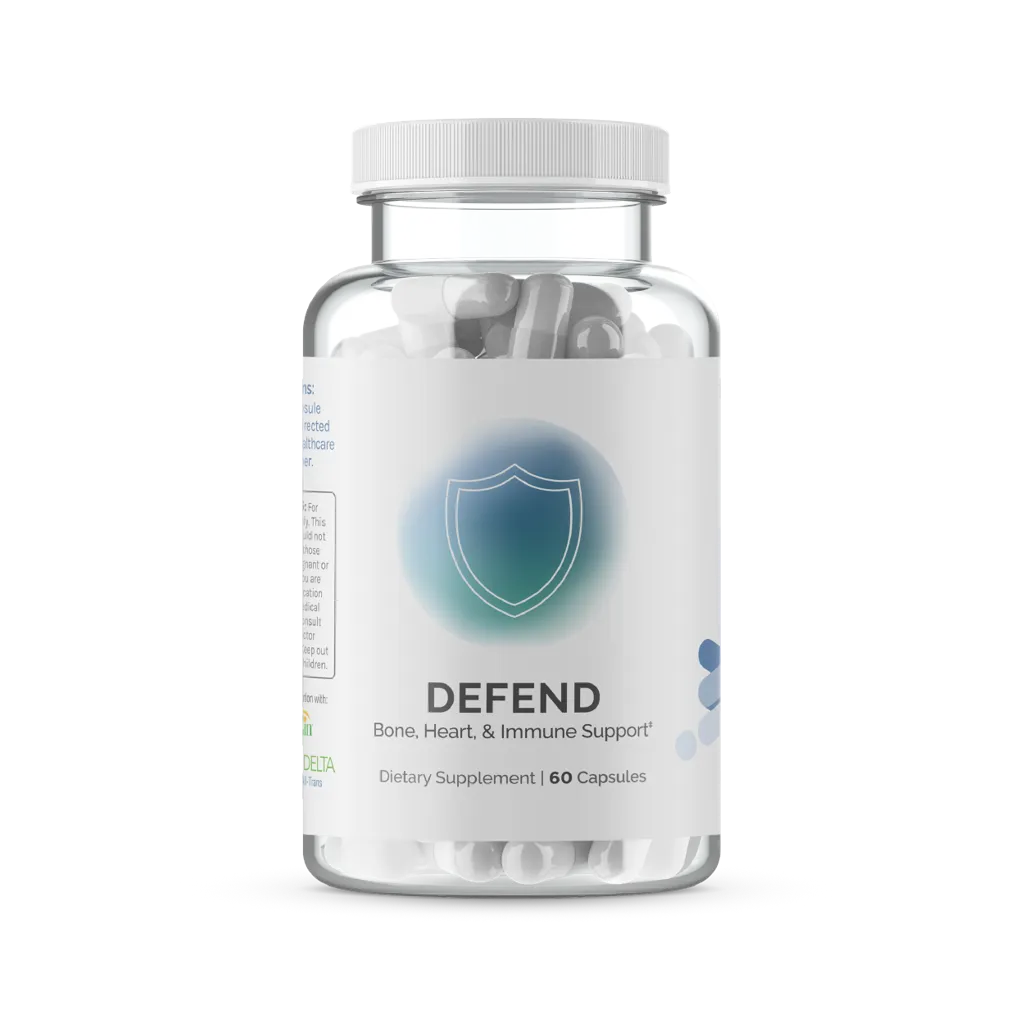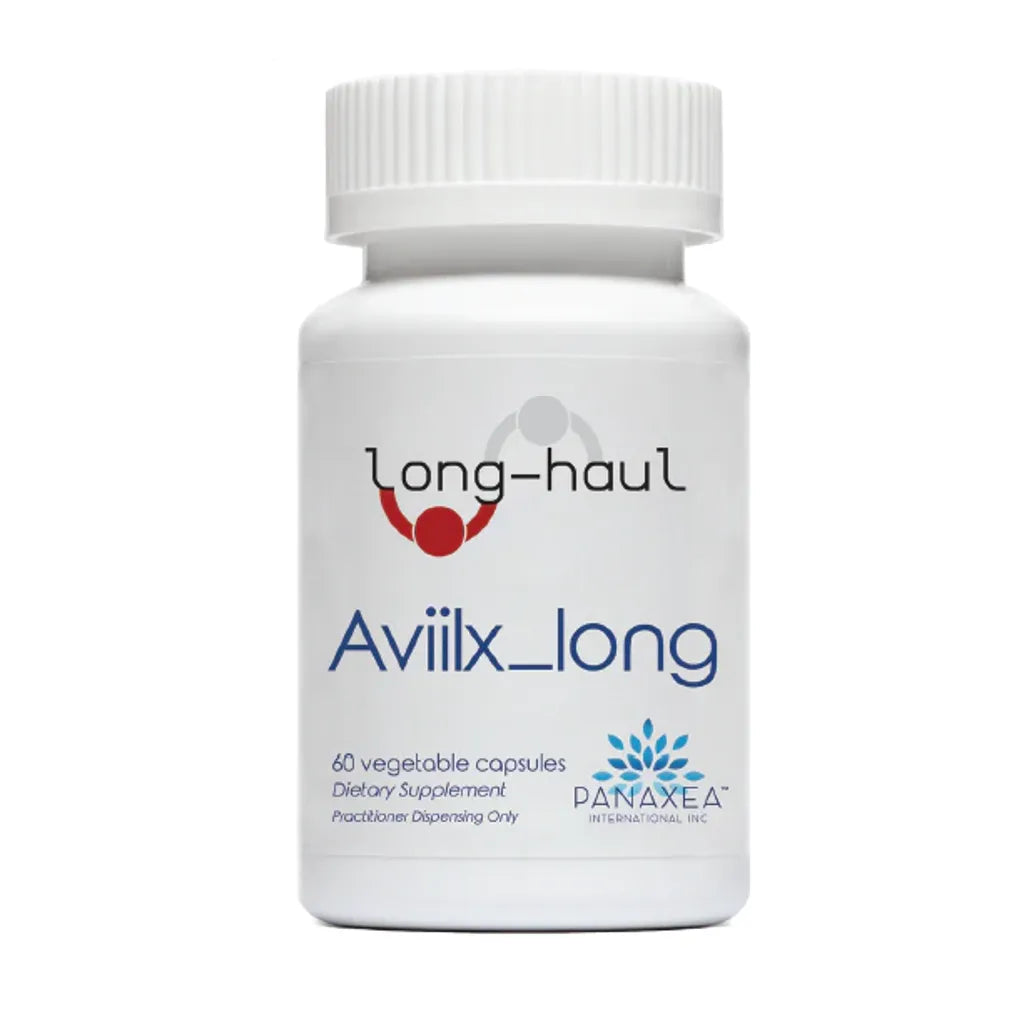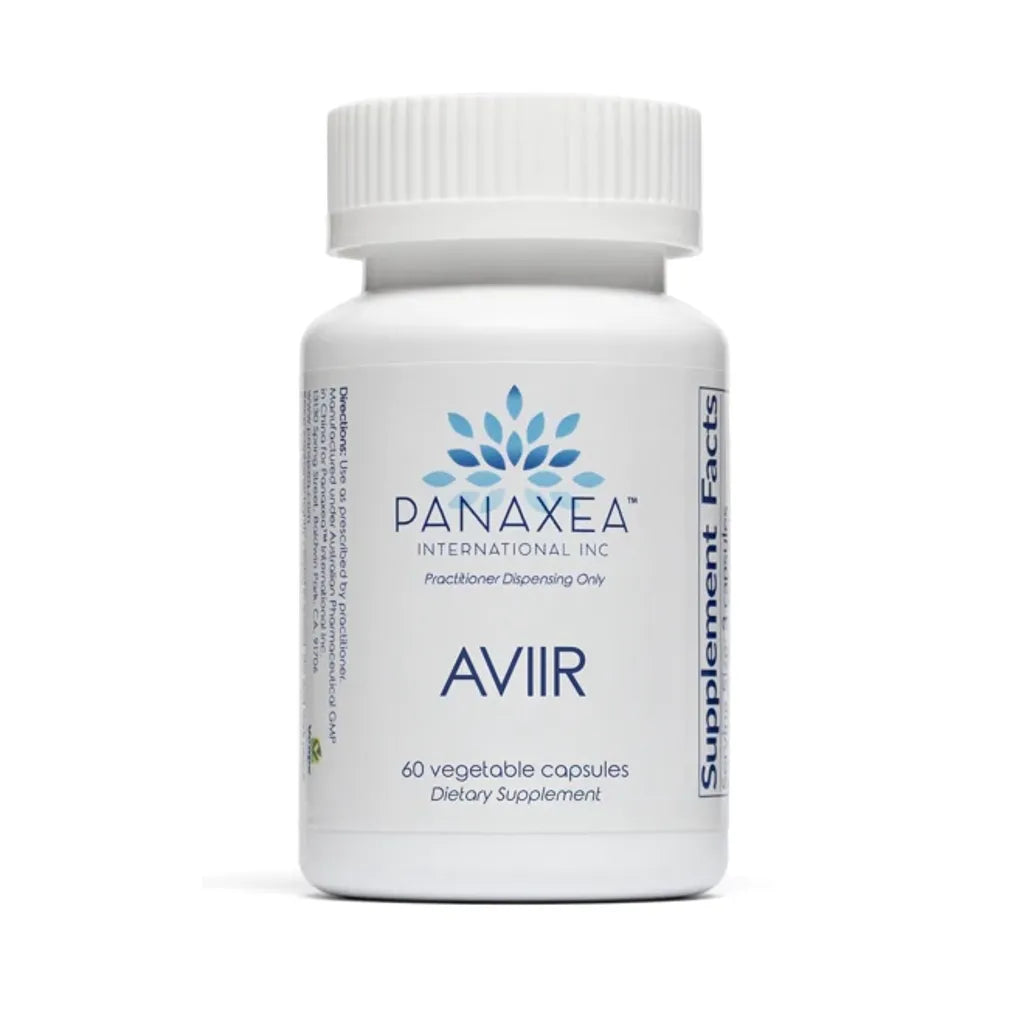Stress is your body’s built-in alarm system. In the right dose, it’s a performance enhancer: sharpening focus, mobilizing energy, and helping you rise to challenges. But when stress becomes chronic and unrelieved, it wears on the systems that keep you resilient—sleep, immunity, mood, and metabolism. Understanding how the stress response works, and what it takes to reset it, is the foundation for long-term health.
The biology of stress: fast and slow tracks
The stress response has two primary tracks—fast and slow—that are designed for survival:
- Fast track: the sympathetic surge. Within seconds of a perceived threat, the sympathetic nervous system floods your bloodstream with adrenaline (epinephrine). This increases heart rate, dilates airways, sharpens focus, and primes muscles for action. It’s why your palms sweat before a presentation or why you react quickly to a near miss while driving.
- Slower track: the HPA axis. Minutes later, your hypothalamus–pituitary–adrenal (HPA) axis releases cortisol, a steroid hormone that mobilizes glucose, dampens non-urgent processes (digestion, reproduction, growth), and keeps you alert for longer. This is adaptive when short-lived but damaging when cortisol remains elevated (NIMH: Understanding Stress).
Why short stress is different from chronic stress
Acute stress—a brief surge before an exam, athletic event, or public talk—can sharpen performance and often resolves once the challenge passes. Chronic stress, however, is when your body never fully returns to baseline. This can happen with ongoing financial worries, demanding jobs, caregiving responsibilities, or unresolved emotional tension. Over weeks and months, chronic activation alters physiology:
- Sleep: elevated cortisol in the evening interferes with melatonin release and deep sleep cycles.
- Immune system: prolonged stress suppresses innate and adaptive responses, increasing susceptibility to colds and slowing recovery (NIH: Stress and the immune system).
- Metabolism: chronic cortisol promotes central fat storage and increases cravings for quick energy foods like sugar.
- Mood: stress shifts neurotransmitter balance, contributing to irritability, anxiety, or low motivation.
Signals you’re not resetting
How do you know if your stress system is staying “on” too long? Look for these common patterns:
- Racing thoughts at night, light or fragmented sleep, difficulty falling back asleep.
- Increased frequency of minor illnesses or slower recovery from workouts.
- Reliance on late-day caffeine, sugar, or alcohol to push through slumps.
- Tension headaches, jaw clenching, or digestive discomfort that coincides with busy periods.
- Feeling “wired and tired”—exhausted yet unable to fully relax.
If these sound familiar, your nervous system may need deliberate recovery practices—not just waiting for “time off” that never comes.
Everyday anchors that restore balance
The most reliable way to reduce stress load isn’t a single hack but a rhythm of supportive habits. These anchors help your body complete the stress cycle and return to baseline:
- Sleep: consistent sleep–wake times anchor cortisol rhythms. Even one night of sleep restriction can increase perceived stress by 30–40%.
- Movement: aerobic activity helps burn off adrenaline, while strength training and walking lower resting cortisol. Gentle yoga or stretching can also activate the parasympathetic system.
- Nutrition: steady blood sugar (protein + fiber at meals) prevents cortisol spikes. Skipping meals or relying on sugar/caffeine adds load.
- Social connection: laughter, conversation, and touch release oxytocin, which counterbalances stress hormones.
Micro-tools that fit into daily life
Beyond big anchors like sleep and movement, short practices can downshift stress in the moment:
- Daily Micro-Resets—5–10 minute techniques like long-exhale breathing, sunlight walks, progressive muscle release, and brain dumps.
- Nervous System Reset—brief exposures to cold, heat, or breathwork to re-tune state.
- Adaptogens vs. Stimulants—choosing whether you need a quick boost (like caffeine) or longer-term balance (like rhodiola or ashwagandha).
Nutrition and supplement considerations
Food comes first, but certain nutrients and botanicals can support stress resilience:
- Magnesium: involved in over 300 enzymatic reactions, magnesium supports muscle relaxation, sleep quality, and nervous system balance (NIH ODS: Magnesium).
- L-theanine: an amino acid from green tea that promotes calm focus without sedation (L-theanine overview).
- Ashwagandha: an adaptogenic herb studied for reducing perceived stress and improving sleep (NCCIH: Ashwagandha).
For a full overview, see Supplements for Stress Resilience.
The stress–sleep loop
Stress and sleep form a feedback loop: stress makes it harder to sleep, and poor sleep makes stress responses stronger the next day. Breaking this cycle often requires working on both ends:
- Use a consistent bedtime routine with dim lights, no screens, and a cooling environment (see Sleep 101).
- Address racing thoughts with journaling or a brief meditation.
- Avoid stimulants like caffeine in the afternoon if sleep is disrupted.
The stress–immunity connection
Your immune system is one of the first to take a hit when stress is chronic. Cortisol suppresses some immune cells while keeping inflammation smoldering. This is why students often get sick after finals or why busy seasons bring colds. Supporting immunity during stress includes:
- Maintaining gut health with fiber, fermented foods, or probiotics (see Gut–Immune Axis).
- Getting sufficient vitamin D, zinc, and vitamin C (Vitamin D, Zinc & C).
- Using daily hygiene and seasonal habits (Seasonal Immunity).
Psychological strategies that matter
Beyond physiology, perception shapes how stress affects you. Two people can face the same workload but respond differently depending on mindset and coping skills. Research-backed approaches include:
- Cognitive reframing: seeing stress as a challenge instead of a threat reduces cortisol spikes.
- Mindfulness meditation: practicing awareness without judgment lowers reactivity.
- Time management: batching tasks and reducing context switching lowers mental load.
- Boundaries: saying no when capacity is full prevents chronic overload.
When stress signals medical support
Self-care tools are powerful, but sometimes professional support is essential. Seek guidance if you experience:
- Persistent insomnia lasting more than 3–4 weeks.
- Panic attacks, overwhelming anxiety, or low mood that interferes with daily life.
- Physical symptoms like chest pain, frequent illness, or digestive issues that don’t improve.
A clinician can help identify whether stress has tipped into anxiety, depression, or other health concerns requiring more structured treatment.
Putting it all together
Stress is unavoidable—but suffering from chronic stress is not. By understanding the physiology of adrenaline and cortisol, you can better interpret your body’s signals. With daily anchors (sleep, movement, nutrition, connection) plus quick tools like micro-resets and nervous system practices, you build capacity to return to baseline faster. Supplements and adaptogens may provide extra support, but they work best on top of strong foundations. Finally, reframing stress as a signal—one that guides you toward balance—helps transform it from an enemy into a teacher.
Related clusters
See Sleep 101 for sleep–stress basics and Immune System 101 for how defenses work day to day.
Authority resources: NIMH: Understanding Stress · NIH: Stress and the immune system · NIH ODS: Magnesium · NCCIH: Ashwagandha











